The 2 Top Vegetarian Protein Sources
Why Eat Vegetarian Protein?
You don’t need to be vegetarian to be healthy, but eating a lot of vegetarian protein helps because then your diet is primarily plant-based. You also add a lot of fiber to your diet, which helps with regulating blood sugar levels, improves elimination, and adds many vitamins and minerals to your daily diet.
The most important source of protein for vegetarians is to eat a grain and a bean. You can have them together, or in different meals of the day.
When you think of traditional cultures around the world, this is what they do. Examples are burritos filled with rice and beans, dahl (small Indian beans) and rice, lentils and tabouli salad, tofu and rice, and black beans and rice.
How To Cook Beans
It’s easier than you think to make beans. This vegetarian protein is a wonderful and tasty additition to your diet. Most people shy away from them, either because they don’t know how to cook them, or because they find them hard to digest. What you do to make them more digestible is to soak them, then pour the soak water off. This water has the constituents of the bean that cause people gas and bloating. You also release the phytates in the beans which can leach minerals out of the body. Small beans like lentils and mung beans can be soaked for two to three hours. Larger beans do well with an overnight soaking.
There are a multitude of recipes out there to get you started. Beans come out great when you make a flavor base by sauteing onions, garlic, ginger, and maybe bell peppers before you add your beans, water, salt and pepper, and maybe a couple of bay leaves. They are also very tasty when made with Indian spices — check out an Ayurvedic cookbook like The Ayurvedic Cookbook by Amedea Morningstar for recipes.
Chickpea Recipe
If you have an Instant Pot, chickpeas are about the simplest bean to cook. Because they are tough, it’s good to give them an overnight soak. Add water to the beans and 1 teaspoon of baking soda per cup of dry beans. This will tenderize them a lot.
When you are ready to cook the beans, first rinse off the soaking water. Add more water to the pot, swish it around with your hand to dislodge any debris, and rinse off the water. Do this three times. Then add twice the amount of water as beans to your pot. For 1 cup of dried beans that you soaked, you will add 2 cups of water. Add salt and pepper, and set the pot to 25 minutes pressure. Then wait 10 more minutes at the end before you release. They come out tender and tasty, even with no added seasonings besides salt and pepper.
This is a good method to cook them if you want to make hummus. I use some of the cooked beans to make the hummus, and also freeze some to make more at a later date. Or, you can start by adding some olive oil or ghee to the pot, saute onions, etc (as described above). When the onions are tender, add the beans, water, salt, pepper, and bay leaves if desired.
How To Cook Grains
Grains also do well with a soaking, to release phytates and tenderize them. For most grains, a couple of hours is enough. Try basmati rice (easy to digest and very tasty), quinoa, millet, wild rice (this one requires an overnight soak). The exception to soaking is millet, which works best when dry roasted for a couple of minutes in a skillet first. You can skip the soaking for this one. Another option is oatmeal or steel cut oats, which many people find to be a satisfying breakfast. Skip the instant oatmeal — it is neither tasty nor nutritious.
Again, there are many recipes available online for cooking grains both stovetop and in an Instant Pot. Basmatic rice is very easy to cook on the stove. Soak the rice for a couple of hours, rinse off twice (as described for the beans above), and add twice as much water as rice. Bring the rice to a boil, then turn down to low, partially cover with a lid, and cook about 6-7 minutes or until the water is all evaporated and the rice grains are standing on end and are dry and fluffy.
The most quick and easy way to get a bean-grain combination is to make the Indian dish called kichari. It has two vegetarian proteins — rice and mung beans, plus a quick flavor base make with spices, onions, and other veggies. Plus you can add any veggies you want to the dish and have a one pot meal, with very little time and effort.

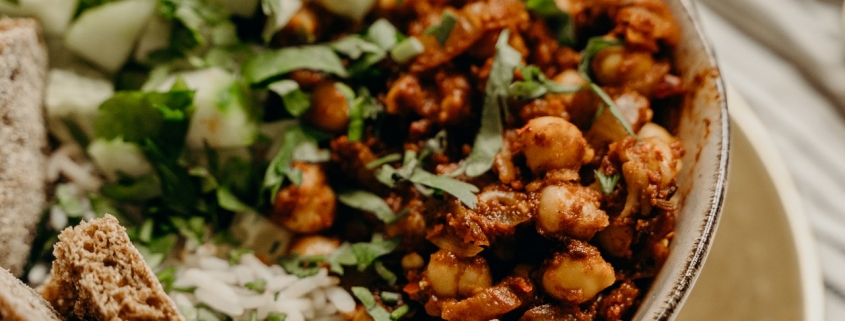
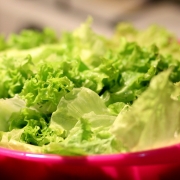
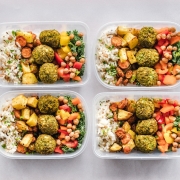
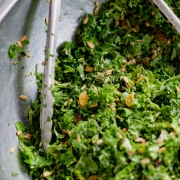
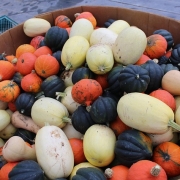
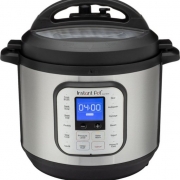
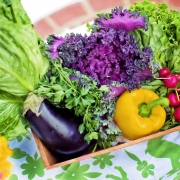


Leave a Reply
Want to join the discussion?Feel free to contribute!